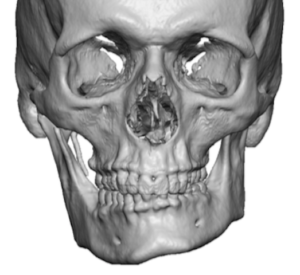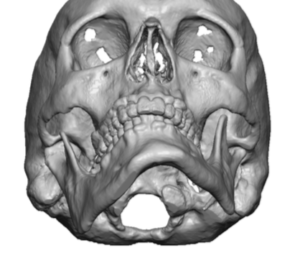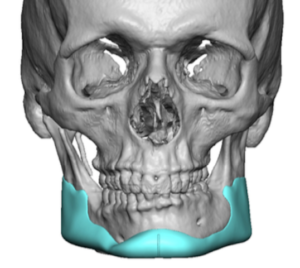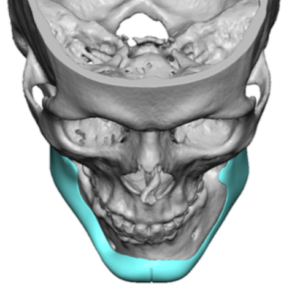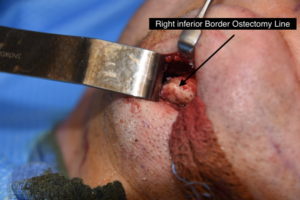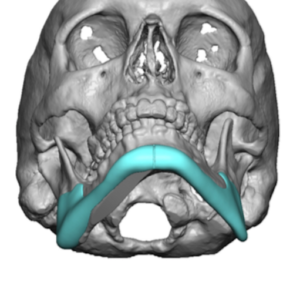Background: Minor asymmetries of the face are common and are usually more superficial and in the soft tissues. More significant facial asymmetries, however, usually involve the underlying bone. One of the most common areas of significant facial asymmetries involves the lower jaw. Being the only moveable bone on the face and developing from a paired embryonic origin that meets in the middle, it is no surprise that differences between the two formed halves are not uncommon. Since the lower jaw serves as the border between the face and the neck, an asymmetric jaw shape is very evident.
Lower jaw asymmetries present as combinations of horizontal and vertical differences. The chin is almost always involved and deviates either toward one side or is longer or shorter on one side. The jaw angle are usually different in both width and vertical height. More significant jaw asymmetries are not isolated and can also include an occlusal cant indicated that both upper and lower jaws are asymmetric.
The definitive evaluation of lower jaw asymmetries is a 3D CT scan. This provides the complete view of the bony shape of the lower jaw. Provided the occlusion is satisfactory or has a minimal cant to it, the decision on how to correct the jaw asymmetry must take into consideration its external shape. Through computer imaging it can be shown what the aesthetic effects are for various lower jaw changes such as resection of longer side, lengthening of a shorter side and leveling out of the chin.
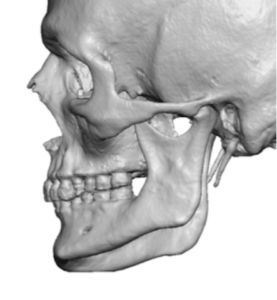

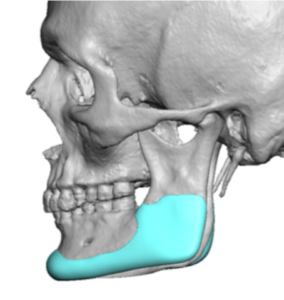
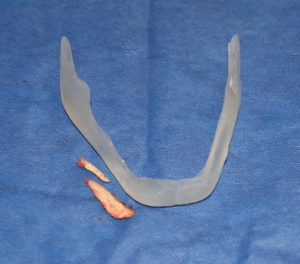
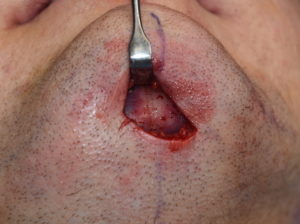
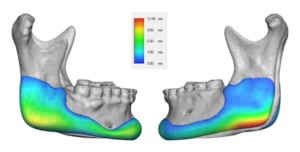
Case Highlights:
1) Significant lower jaw asymmetry exists when the two sides of the mandibles have vertical level differences.
2) Correction of vertical lower jaw asymmetry considers whether one side alone can be treated (augmentation of shorter side or reduction of longer side) or whether both sides must be concurrent treated
3) Many cases of vertical lower jaw asymmetry require a combination of reduction of the longer side and a custom jawline implant for the shorter side to get the best jaw asymmetry correction.
Dr. Barry Eppley
Indianapolis, Indiana



